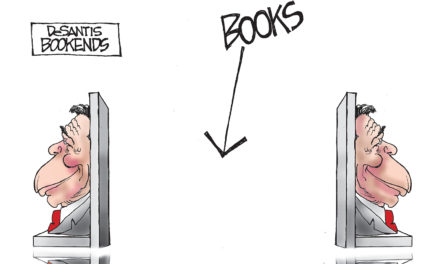From Atlantic magazine:
By Richard Florida
Most of the commentary on America’s dismal economic outlook tends to focus on national statistics: an unemployment rate of over 9 percent and a flat jobs report for August. But by concentrating exclusively on the big picture, we miss an even more important story in the tremendous regional variation in unemployment. In addition to its national report, every month the Bureau of Labor Statistics tracks unemployment rates for 372 U.S. metro areas (see the map below). The good news is that unemployment rates declined in 257 of 372 metros between July 2010 and July 2011. But the geography of unemployment remains incredibly uneven. The unemployment rate was a staggering 30 percent in El Centro, California and Yuma, Arizona—roughly ten times that of Bismark (3 percent) and Fargo, North Dakota (3.7 percent), and Lincoln, Nebraska (3.8 percent), the metros with the nation’s lowest unemployment rates. Looking just at large metros (those with a million or more people), the unemployment rate was nearly 15 percent (14.7 percent) in Riverside-San Bernardino-Ontario, California and 14.1 percent in greater Detroit, nearly three times higher than in Oklahoma City (5.5 percent) and greater Washington, D.C. (6 percent). Earlier this week The New York Times noted how the crisis has “sharply altered” the U.S. employment map. For decades, the nation’s economic landscape consisted of a prospering Sun Belt and a struggling Rust Belt. Since the recession hit, though, that is no longer the case. Unemployment remains high across much of the country — the national rate is 9.1 percent — but the regions have recovered at different speeds. Now, with the concentration of the highest unemployment rates in the South and the West, some economists wonder if it is an anomaly of the uneven recovery or a harbinger of things to come. As part of our ongoing effort to track the uneven geography of the crisis and recovery, I was especially interested in looking at which metros have been especially vulnerable to unemployment, and conversely, which have been more economically resilient. To get at this, I enlisted my Martin Prosperity Institute colleague Charlotta Mellander to take a statistical look at the underlying economic and demographic characteristics that bear on unemployment. Obviously, our findings merely reflect associations; correlations, even strong correlations, do not necessarily prove causation. Other factors could have an equal bearing. But the correlations we did find are sobering. Metro unemployment feeds on itself, according to our analysis. Metros that had higher unemployment rates in 2008 continued to have higher unemployment rates in June 2011. This was by far and away the biggest factor in our analysis (with a correlation of .9). Not only that, but those metros saw higher increases in their unemployment rates, with a lesser but still considerable correlation of .54. Several factors are key to regional resilience, according to our analysis, among them the number of college graduates in a given population. Human capital is negatively associated with both the level of unemployment and its increase over time. So too is the level of regional innovation, measured as patents. Metros with higher levels of knowledge workers and greater concentrations of artistic and cultural creatives also experienced lower levels of unemployment. Not surprisingly, unemployment is associated not only with lower metropolitan incomes but with lower levels of happiness and subjective well-being. None of this is to deny that unemployment is a serious—almost certainly the most serious— national problem facing the United States and its political and economic leadership. But to pretend that it affects every place and every citizen in the same way is to distort reality. The truth is that the regions and the people who can afford it the least were the hardest hit by the recession and have experienced the weakest recovery. National unemployment statistics both overstate and understate the crisis, depending on where you work and live.




